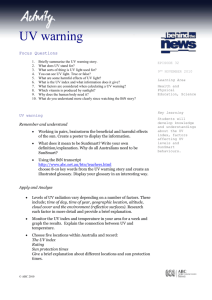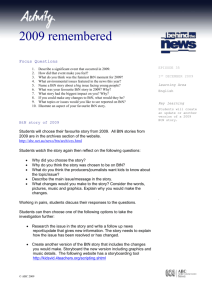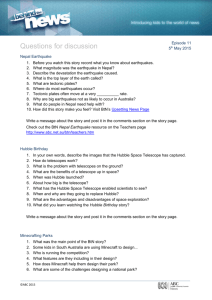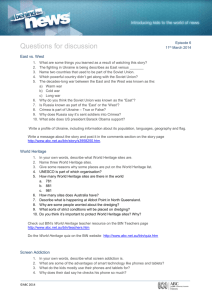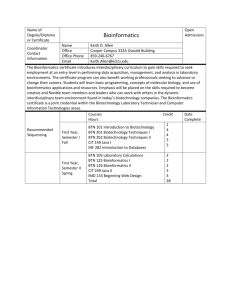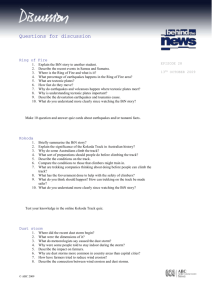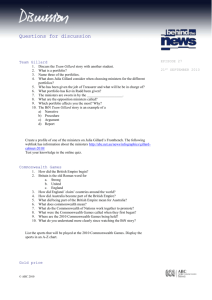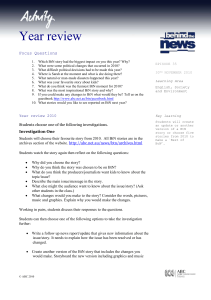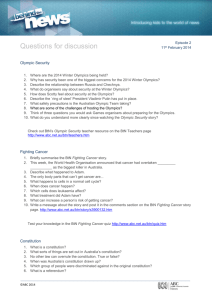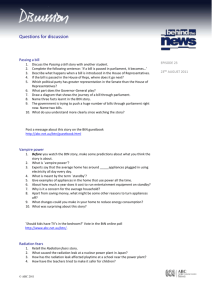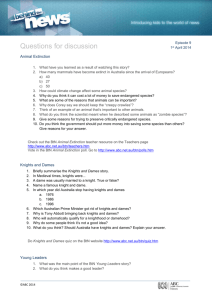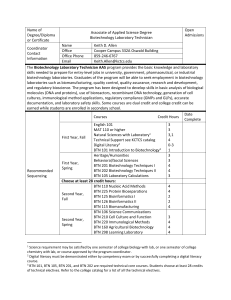WORD - ABC
advertisement
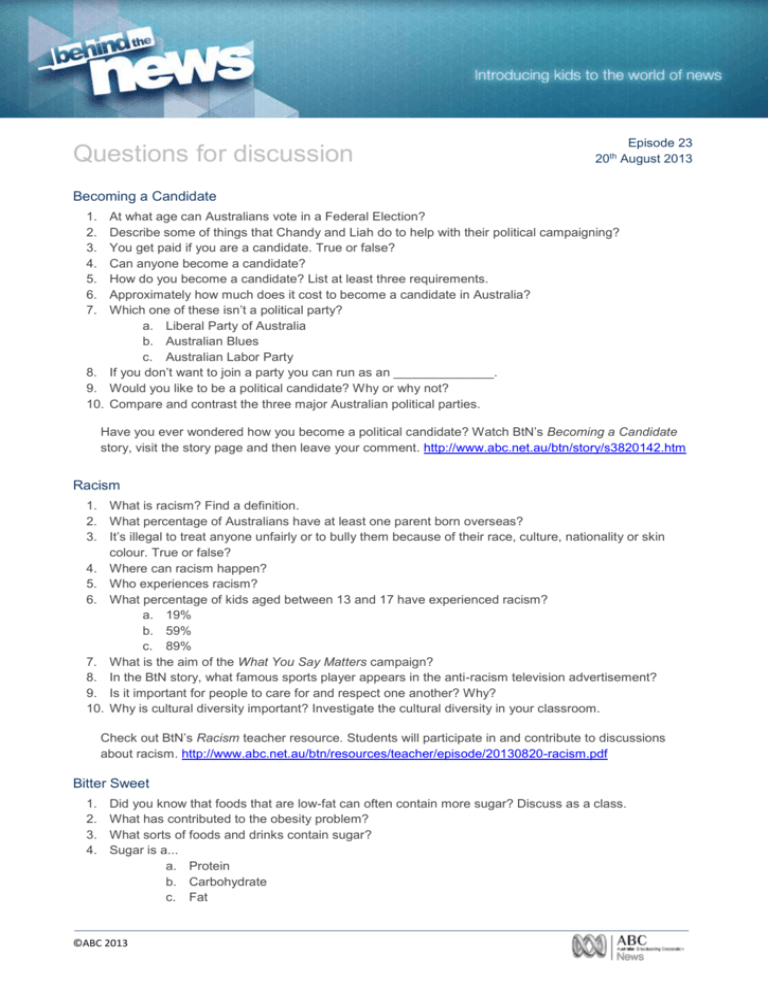
Questions for discussion Episode 23 20th August 2013 Becoming a Candidate 1. 2. 3. 4. 5. 6. 7. At what age can Australians vote in a Federal Election? Describe some of things that Chandy and Liah do to help with their political campaigning? You get paid if you are a candidate. True or false? Can anyone become a candidate? How do you become a candidate? List at least three requirements. Approximately how much does it cost to become a candidate in Australia? Which one of these isn’t a political party? a. Liberal Party of Australia b. Australian Blues c. Australian Labor Party 8. If you don’t want to join a party you can run as an ______________. 9. Would you like to be a political candidate? Why or why not? 10. Compare and contrast the three major Australian political parties. Have you ever wondered how you become a political candidate? Watch BtN’s Becoming a Candidate story, visit the story page and then leave your comment. http://www.abc.net.au/btn/story/s3820142.htm Racism 1. What is racism? Find a definition. 2. What percentage of Australians have at least one parent born overseas? 3. It’s illegal to treat anyone unfairly or to bully them because of their race, culture, nationality or skin colour. True or false? 4. Where can racism happen? 5. Who experiences racism? 6. What percentage of kids aged between 13 and 17 have experienced racism? a. 19% b. 59% c. 89% 7. What is the aim of the What You Say Matters campaign? 8. In the BtN story, what famous sports player appears in the anti-racism television advertisement? 9. Is it important for people to care for and respect one another? Why? 10. Why is cultural diversity important? Investigate the cultural diversity in your classroom. Check out BtN’s Racism teacher resource. Students will participate in and contribute to discussions about racism. http://www.abc.net.au/btn/resources/teacher/episode/20130820-racism.pdf Bitter Sweet 1. 2. 3. 4. Did you know that foods that are low-fat can often contain more sugar? Discuss as a class. What has contributed to the obesity problem? What sorts of foods and drinks contain sugar? Sugar is a... a. Protein b. Carbohydrate c. Fat ©ABC 2013 5. Why is sugar added to a lot of processed foods? 6. What are some problems that are caused by eating too much sugar? 7. Researchers say that too much sugar can lead to other problems. Name the two diseases mentioned in the BtN story. 8. It is recommended that kids have no more than _____ teaspoons of sugar a day. 9. Where on a food product can you find information about the sugar content? 10. Research the difference between added sugars and natural sugars. Should foods high in sugar be labelled more clearly? Have your say in the BtN online poll. To vote head to the BtN website http://abc.net.au/btn/polls.htm Check out BtN’s Bitter Sweet teacher resource. Students will examine and understand a range of nutritional information panels to find out about the sugar content in the foods they consume. http://www.abc.net.au/btn/resources/teacher/episode/20130820-bittersweet.pdf Space Lab 1. 2. 3. 4. 5. 6. 7. 8. 9. 10. How many days did Clay Anderson spend in space? Where did Clay spend most of his time when he was in space? Describe the program that Clay is running to help get school kids get excited about space. What is the program called? What is meant by the term ‘zero gravity’? Neutral buoyancy is when the space station parts... a. Float to the top b. Sink to the bottom c. Stay in the middle of the water Think of three adjectives to describe space science. What have you learnt about space? Visit the BtN Space Lab story page and leave a comment. Set your own classroom science challenge! Create an object that is neutrally buoyant. What would you ask an astronaut if you had the chance? Test your knowledge in the Space Lab quiz. Go to the BtN website and follow the links. Fossil Find 1. 2. 3. 4. 5. 6. 7. 8. 9. 10. What is a fossil? What interesting fact did you learn about the Flinders Ranges in South Australia? Find the Flinders Ranges using Google Maps. What is the approximate land area? The Ediacaran Period was a time when living things... a. Didn’t have backbones b. Couldn’t see c. Didn’t need to eat How old were the fossils that they found in the BtN story? The fossils they found were older than the dinosaurs. True or false? What organisation provides a lot of the funding to find these fossils? Describe what the ancient sea creature Dickinsonia looks like. Name a type of tool used to help find fossils. How does finding fossils help scientists learn about the past? Which environment has the perfect conditions to fossilise a body? How are fossils made? Visit BBC’s Walking with Beasts website, to find out more about fossils and for a range of fun fossil games! http://www.abc.net.au/beasts/fossilfun/ ©ABC 2013
